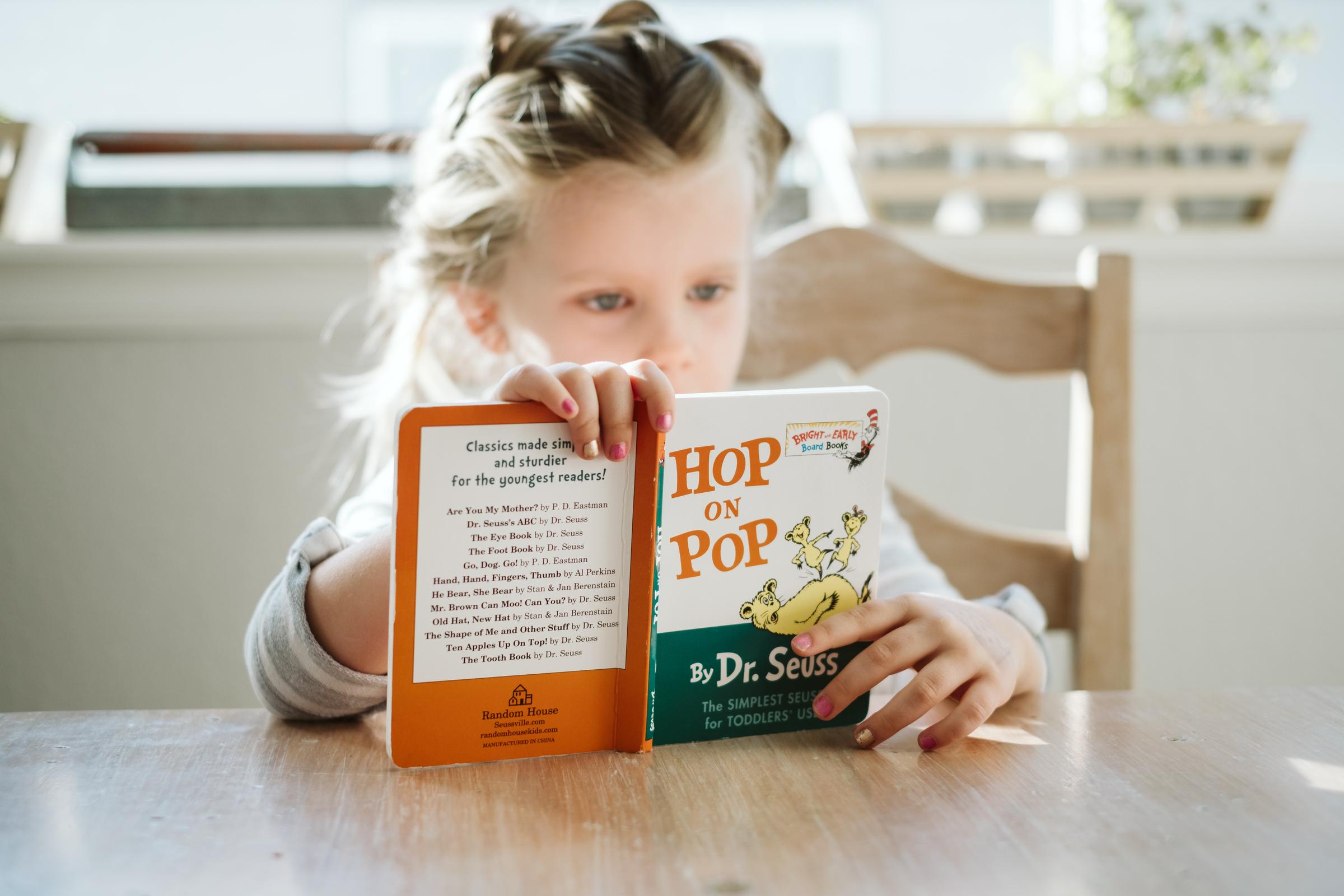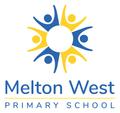Literacy Report

Monitoring and problem solving words while reading
It is often tricky to know how much support to give when listening to your child read or helping your child work out new or difficult words. Readers need the opportunity to develop their reading skills and their ability to problem solve independently. Part of good reading is learning to monitor our reading for understanding. Good readers notice when errors have been made, or when they become confused with what is happening in the text. They then problem solve and use strategies to fix up their errors in their word reading or their understanding. When readers get stuck on a new or unfamiliar word, they need the opportunity to problem solve using a range of different strategies.
It is important that you don’t correct your child’s errors straight away, or tell your child a word before they have had an opportunity to problem solve the word themselves.
Prompts to support monitoring
If your child has made some errors when reading aloud and not noticed when they have got to the end of a sentence or page, the following prompts might support them.
- You said____. Does that sound right? Try that again and think what would sound right.
- You said____. Does that make sense? Try that again and think of what would make sense.
- You said____. Does that look right? Does the word you said look like the word on the page? Try that again and think of what would look right.
Working out new or difficult words:
‘Sounding out’ a word (segmenting), is a strategy often used by young readers and prompted by parents. What is challenging though, is that many of the words children will read in their texts often cannot be solved by ‘sounding out’ alone. Particularly if they lack knowledge of the range of letter sound combinations in the English language.
e.g. the word jump, is easy to ‘sound out’. In contrast, the word make may not be solved by sounding out alone, particularly if the child does not have an understanding of the split vowel digraph a_e.
Other strategies often need to be tried alongside to cross check. Some of these strategies might include looking at the picture or diagrams or skipping the word and reading on to the end of the sentence- thinking about what would make sense.
Here are some questions you can ask to foster problem solving, when your child is stuck on a word:
- Look at the picture. What word makes sense?
- Look at the picture. What can you see in the picture that might start with that letter?
- What letter (or letters) does the word start with/have in the middle/end with? What sound does that letter (or letters) make?
- Can you put those sounds together to make a word?
- Are there parts of this word you know? i.e. smaller words, base words, word endings, digraphs such as /ch/, /sh/
- Does that word sound right? Is there another word you could try?
- Let’s skip the word and read on. What word would make sense there? Let’s read it again.
Kind Regards,
Sarah Mills
Leading Teacher- Literacy


